微型两座电动轿车车身造型设计及空气动力学分析(含CAD图,IGS三维图)
无需注册登录,支付后按照提示操作即可获取该资料.
微型两座电动轿车车身造型设计及空气动力学分析(含CAD图,IGS三维图)(任务书,开题报告,文献摘要,外文翻译,论文说明书14000字,CAD图纸5张,IGS三维图)
摘要
由于近些年人们的环保意识的逐步提高,以及政府在政策支持的大力推动下,电动汽车行业呈现出“井喷”式的发展。在新能源汽车产能及销量都在不断提升的现状下,开展与车身造型设计有关的研究工作对于整个汽车产业来说有着十分积极的意义。在相关研究中,车身的三维建模设计过程以及对模型的有限元分析环节是人们常用的研究方法,通过不断的优化设计,可以推动整个电动汽车产业的发展。
本文依托于三维建模软件和Ansys有限元分析软件来进行模拟车身造型设计和对模型的空气动力学分析的工作。依据给出的设计目标,运用从市场需求的角度进行了整车车身造型设计的工作,并且完成了对三维模型的简化、划分网格、迭代计算、后处理等一系列仿真分析,对两个设计方案从空气动力学的角度进行了评价。
关于相关软件的应用上,首先,使用SolidWorks软件中建立了两个设计方案的三维模型,并对两个方案的模型进行简化分析。其次,使用Ansys的Geometry,Mesh,Fluent模块对两个设计方案进行前处理、网格划分、迭代计算、后处理等过程,从空气动力学的角度比较评价了两个模型。
最后,总结了全文研究内容和模拟仿真中的不足,对未来的研究进行了展望。
关键词: 电动汽车造型设计 模拟仿真 空气动力学
Abstract
Due to the gradual improvement of people’s environmental awareness in recent years and the government's strong support of policy support, the electric vehicle industry has developed “blowout”. With the continuous increase in the production capacity and sales volume of new energy vehicles, it is of great significance for the entire automotive industry to carry out research work related to body shape design. In related research, the three-dimensional modeling and design process of the car body and the finite element analysis of the model are common research methods. Through continuous optimization, the entire electric car industry can be promoted.
This paper relies on 3D modeling software and Ansys finite element analysis software to simulate the body design and the aerodynamic analysis of the model. Based on the design goals given, the vehicle body modeling design work was performed from the perspective of market demand, and a series of simulation analysis on the three-dimensional model such as simplification, meshing, iterative calculation, and post-processing was completed. The design scheme was evaluated from an aerodynamic point of view.
With regard to the application of related software, first, three-dimensional models of two design schemes were established using SolidWorks software, and the models of the two programs were simplified. Secondly, using Ansys Geometry, Mesh, Fluent module to carry out the pre-processing, meshing, iterative calculation, post-processing and other two design programs, compared and evaluated the two models from the perspective of aerodynamics.
Finally, the content of the full-text research and the deficiencies in the simulation are summarized, and the future research is prospected.
Keywords: electric vehicle, vehiclebodydesign,simulation,aerodynamics
电动汽车车身造型设计
3.1车身设计方法
现代的车身开发过程非常重视车身的设计过程,这也是现代车身的CAD技术得到了极大的发展。现在的大多数车身布局和机构设计都是使用CAD/CAM/CAE类软件完成的,其特点是多元参与、并行设计、高效可靠。如右图3.1是现代车身设计方法流程。车身设计是一个艰巨复杂的工程,现在随着三维设计软件的广泛采用,造型设计效率也大大提高,计算机辅助设计是车身设计未来的广泛而必然的趋势。
3.2设计风格确定
根据第2章对不同电动汽车造型风格的分析结果细化设计方案,将本次设计方案的设计风格归纳为以下几点:首先本次设计的车型为两座纯电动汽车,操作轻便,适用环境多样;其次要符合轻量化设计,前脸使用流线型,曲面过渡平滑,并且有适当弧度;最后风格要比较简约、流畅,迎合目前消费者的需求,适合电动汽车并能体现电动汽车与传统汽车车身造型设计方面的不同。
3.2初期人机总布置设计
在车身造型设计开始的时候就需要确定整车人机总布置,从而为后续设计提供一些尺寸数据,确定大概的体量关系,确保有足够的车内空间并提供设计方向。人机布置主要以侧面为主,用来初步确定轴距和车宽。目前,人体模板是汽车人机工程学最为常用的物理模型,百分位是通用的人体模板表达方式。例如,第95百分位表示有小于等于该汽车的驾驶者的人的数目为95%。95百分位的人体模板多用于确定整车的内部空间尺寸。
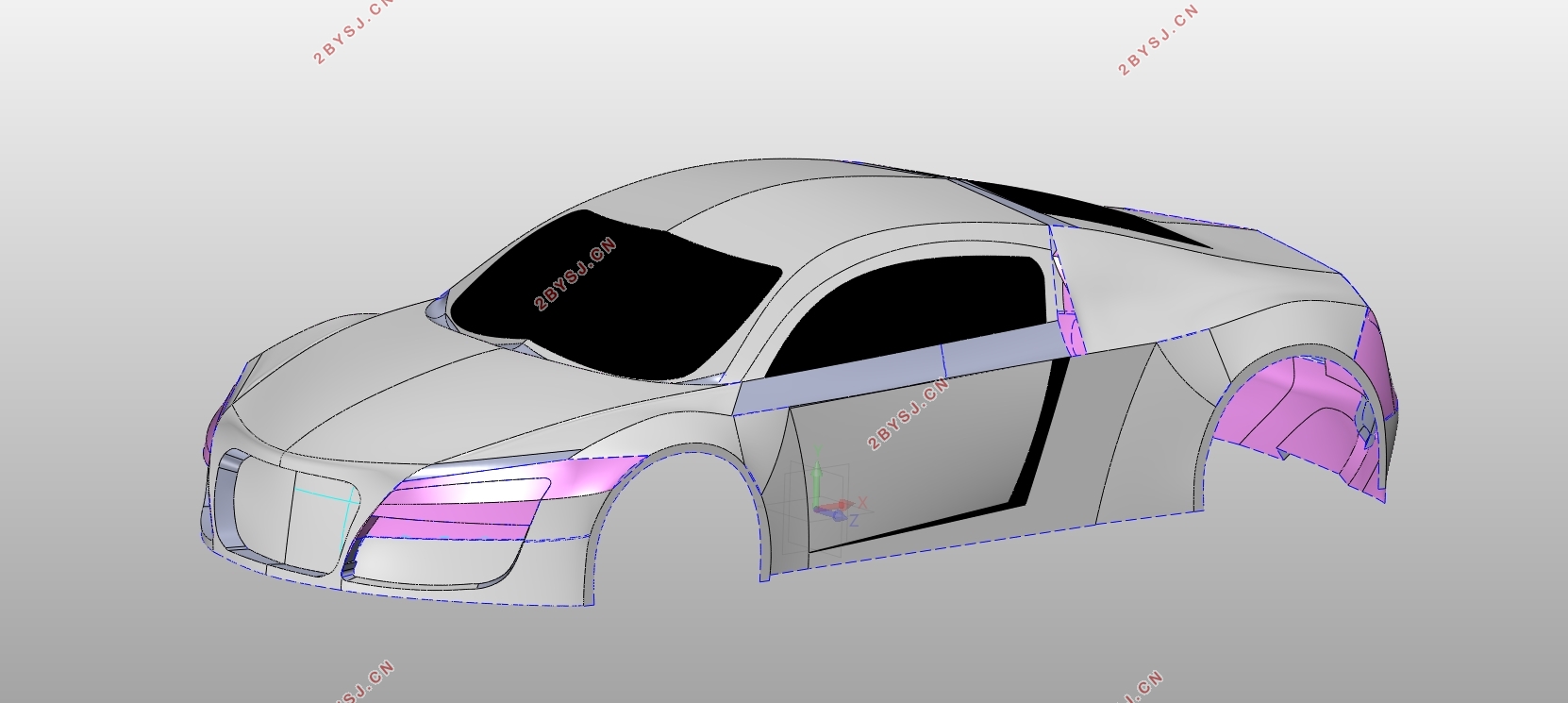
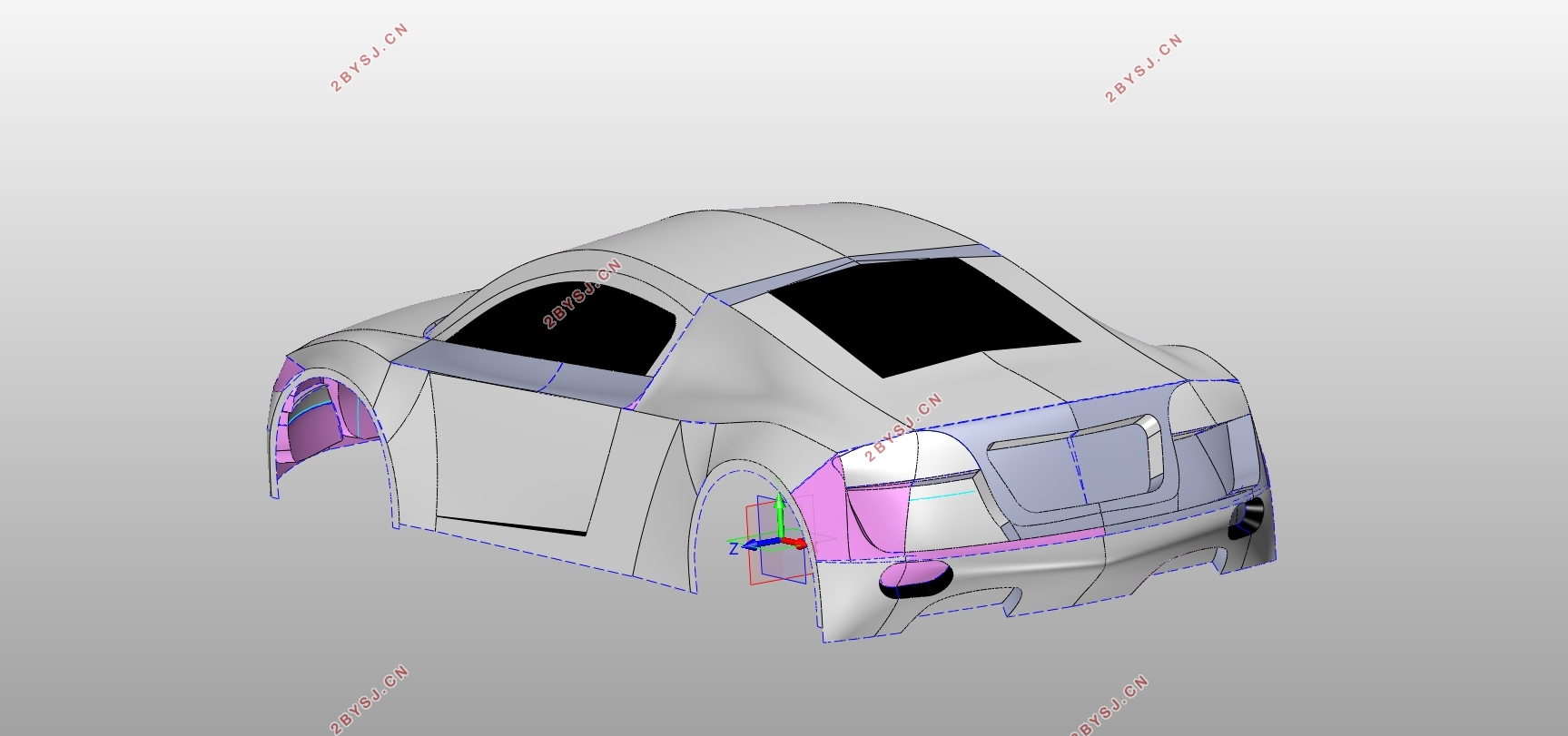

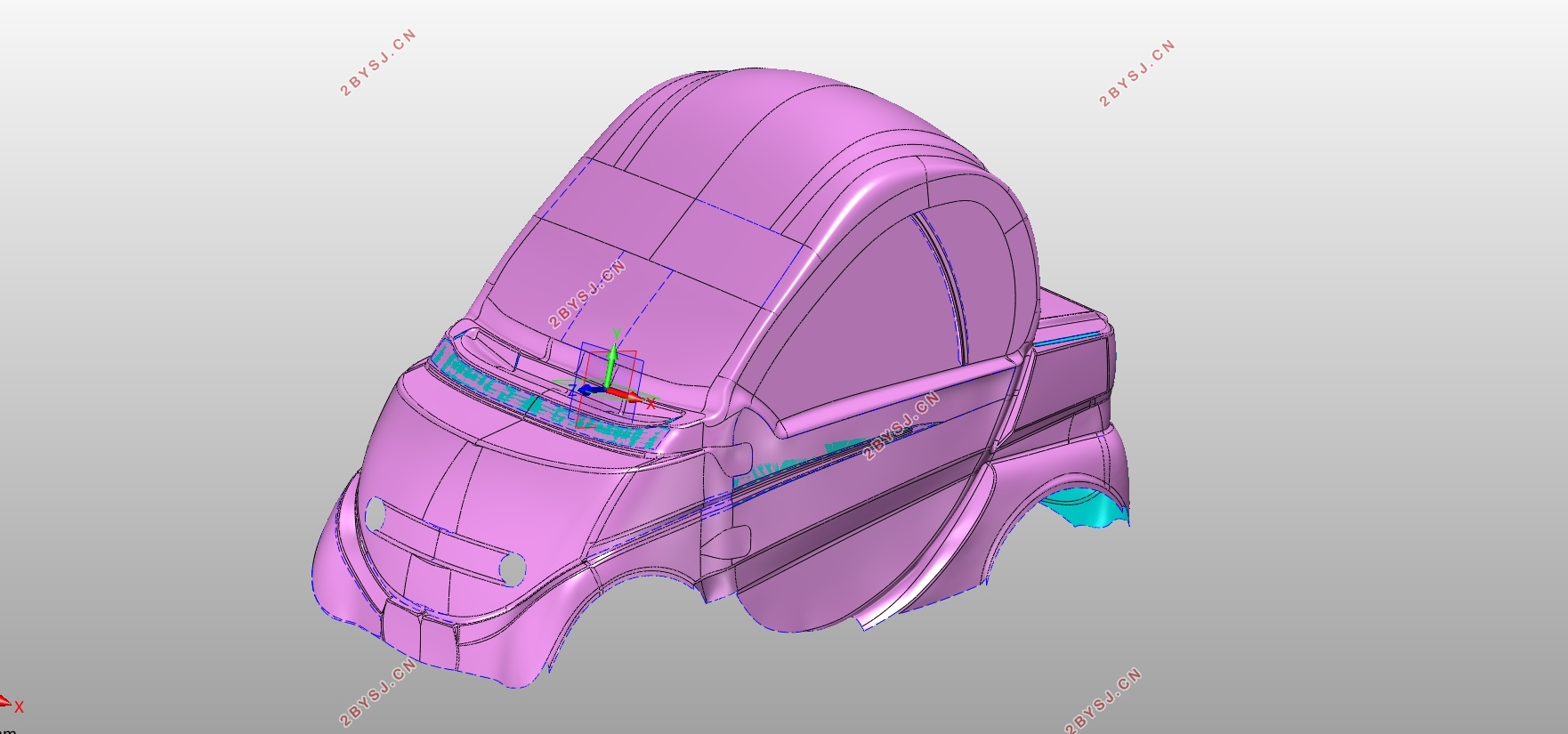
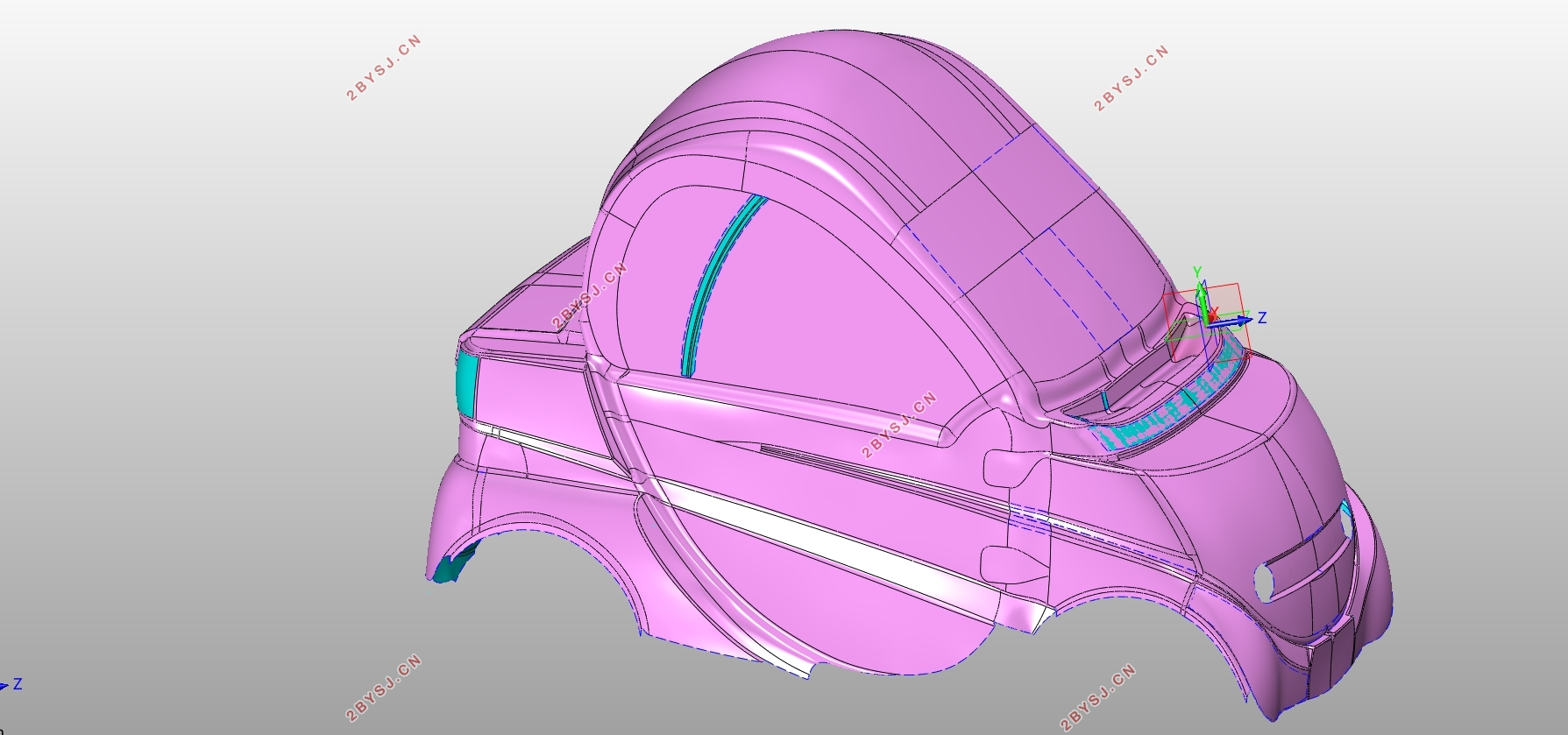
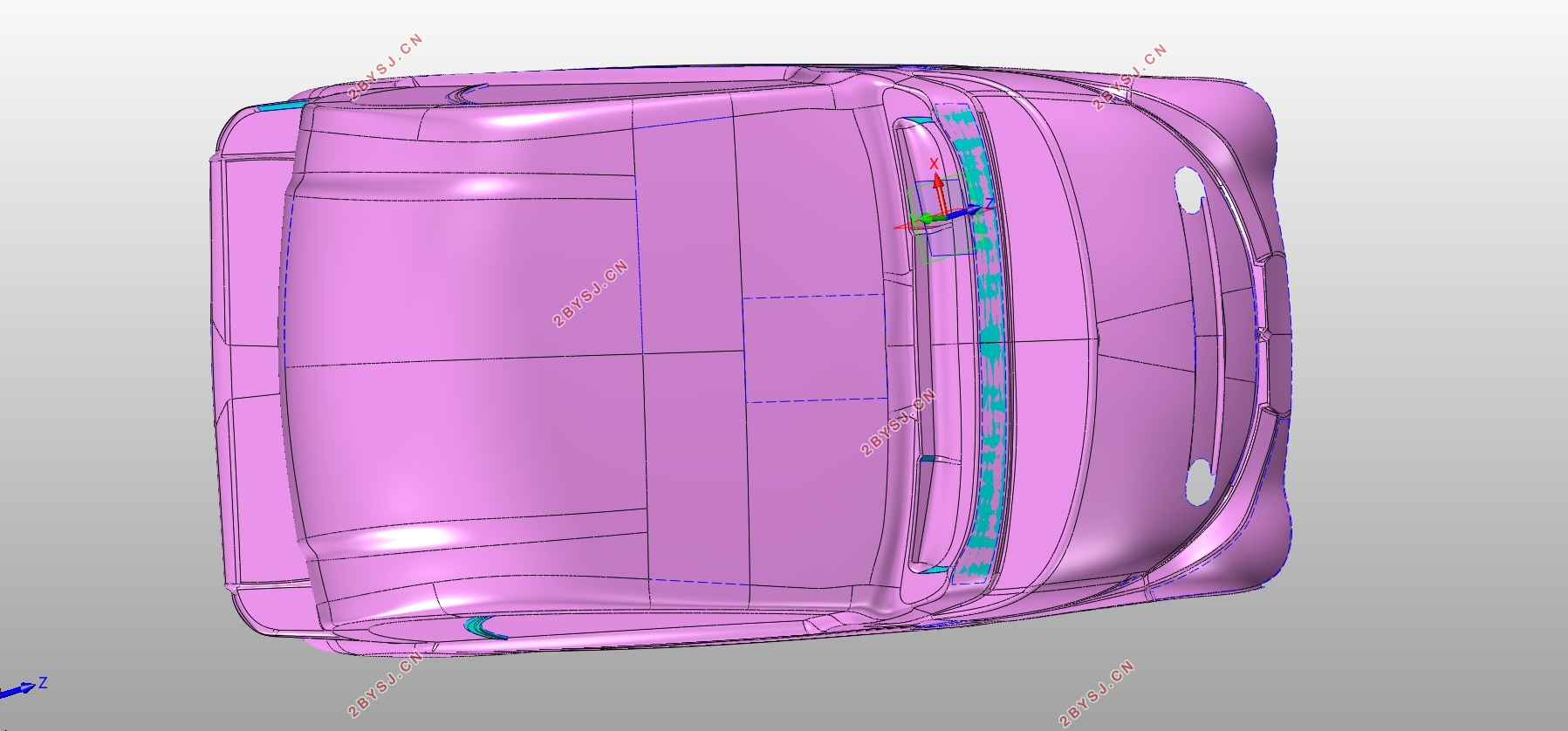
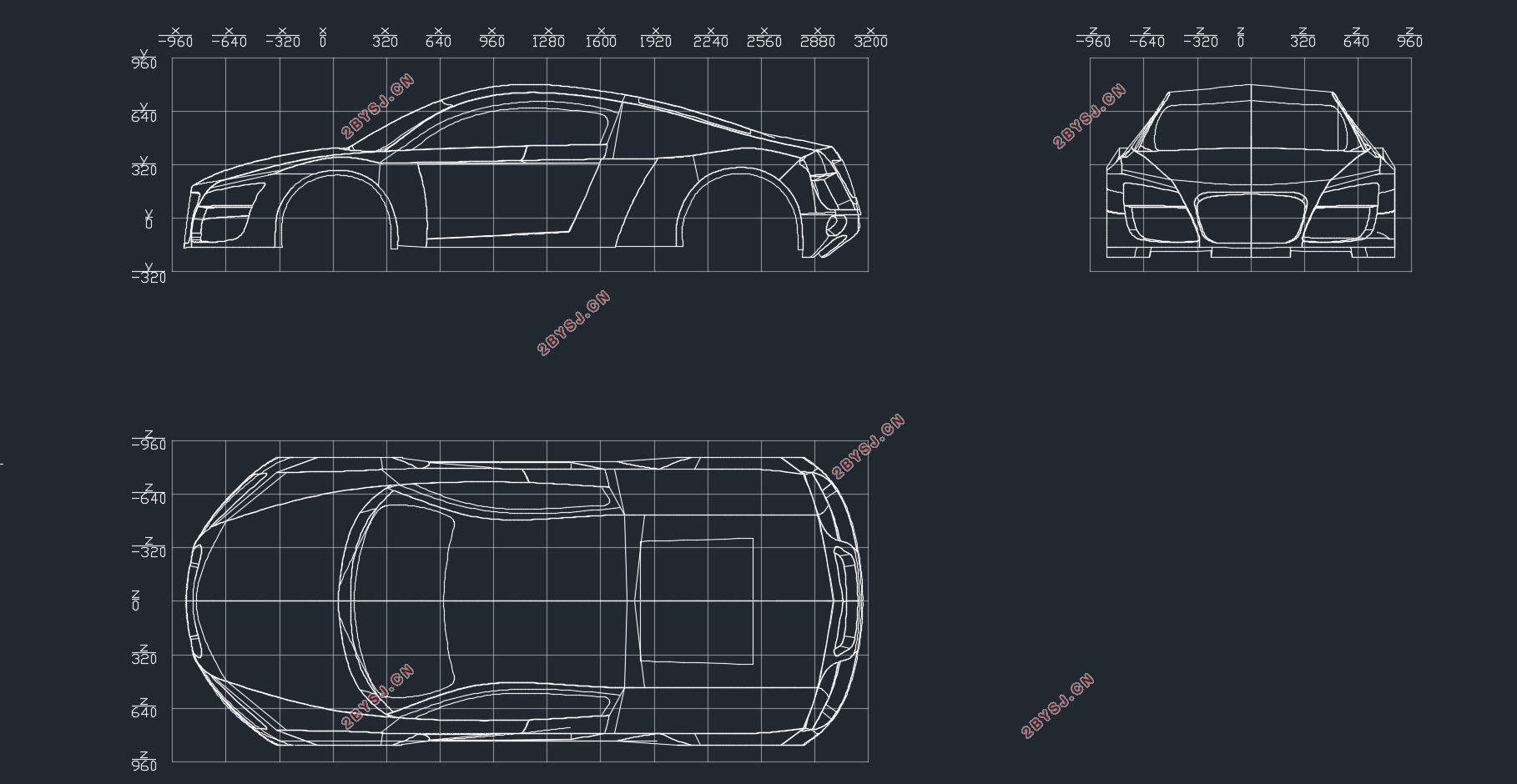
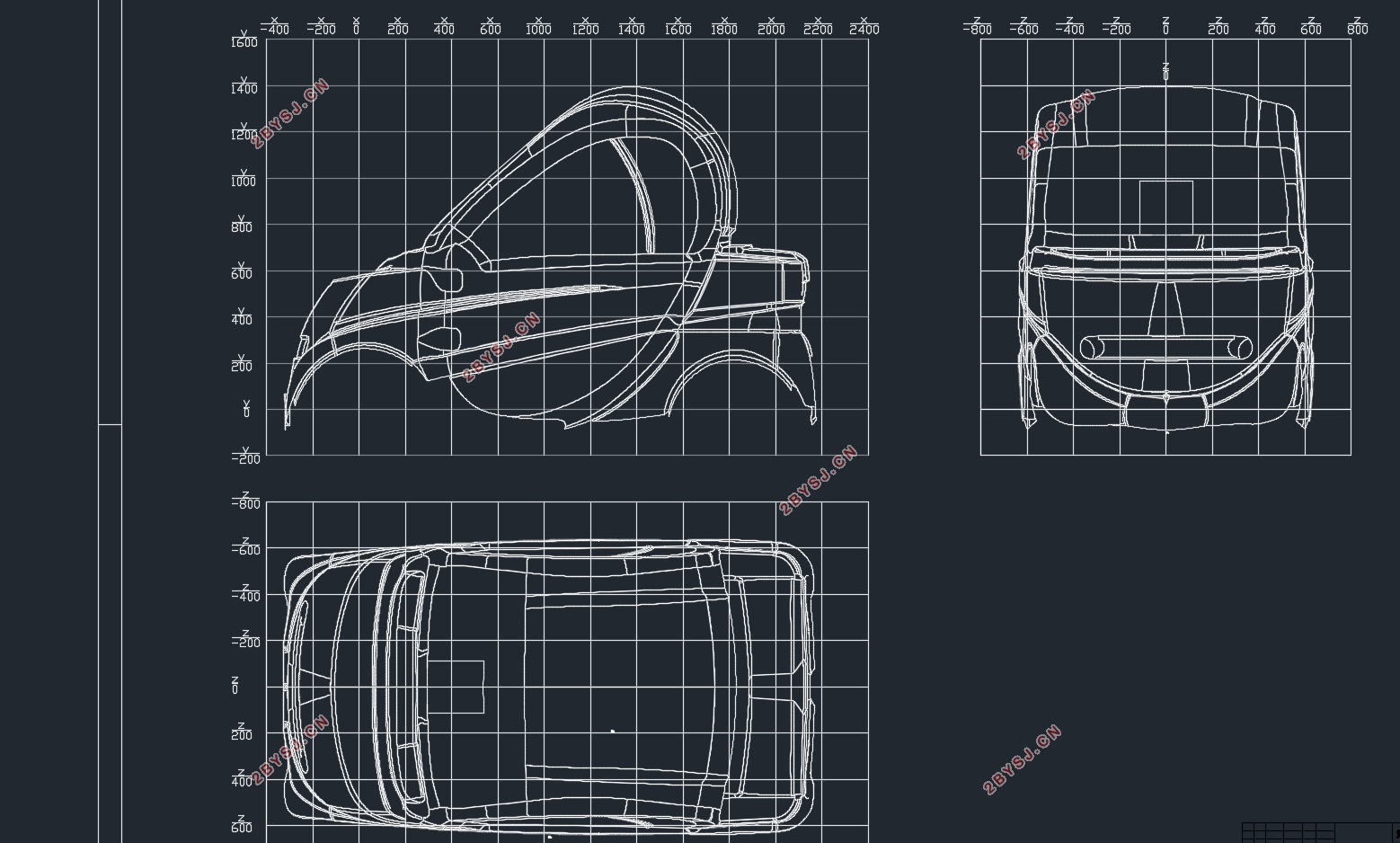

目录
摘要
Abstract
第1章 绪论 1
1.1微型两座电动汽车的造型设计及其空气动力学分析的背景 1
1.2电动汽车造型设计的发展概况 1
1.3本文的工作及目的 2
第2章 电动汽车车身造型设计特点分析及影响因素 3
2.1电动汽车与传统汽车的结构差异 3
2.2最新电动汽车车身造型及未来车身造型趋势分析 3
2.2.1欧美品牌 4
2.2.2日韩品牌 5
2.2.3国产品牌 6
2.3电动汽车未来造型趋势分析 7
2.4电动汽车车身造型设计的影响因素 8
第3章 电动汽车车身造型设计 9
3.1车身设计方法 9
3.2设计风格确定 9
3.2初期人机总布置设计 9
3.3草图设计 10
3.4三维方案设计 11
第4章 空气动力学仿真分析 15
4.1车身造型设计与空气动力学 15
4.2模型简化与网格划分 16
4.3模型求解 16
4.5后处理与结果分析 19
第5章 总结与展望 21
5.1总结 21
6.2展望 22
致谢 24
参考文献 25
